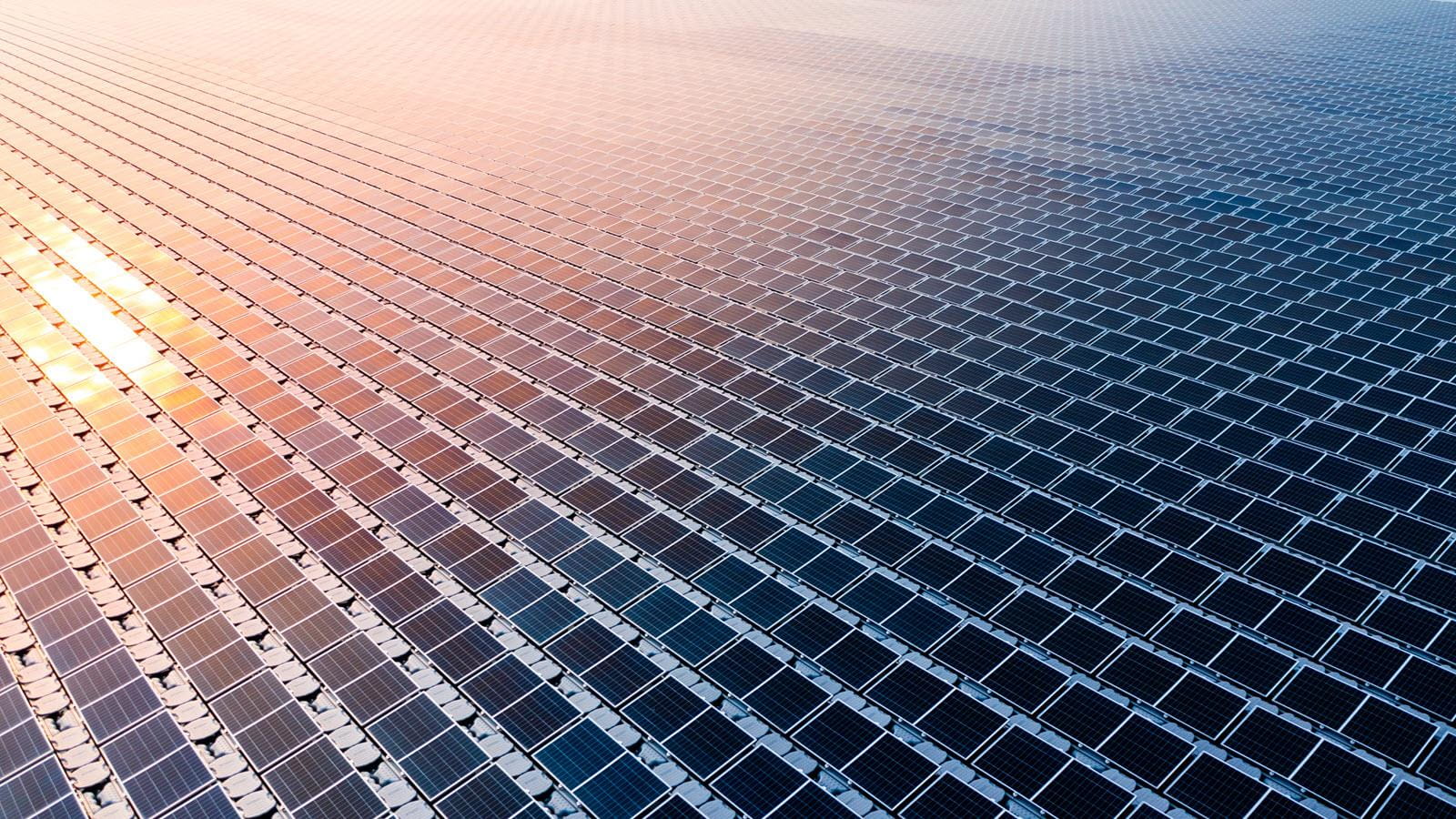For CSL and other large companies around the world, the transition from fossil fuels to sustainable sources of energy amounts to a revolution in the way businesses think about the energy they use.
Renewable forms of energy are increasingly favored over fossil fuels like coal, oil and natural gas, which release large amounts of carbon dioxide (CO2) and other greenhouse gases when burned. These greenhouse gases contribute to climate change by trapping heat from the sun in the atmosphere, leading to rising temperatures, extreme weather and rising seas.
CSL is exploring ways to invest in renewable energy to reduce emissions at CSL facilities around the world, where 32,000 employees develop and manufacture medicines and vaccines.
CSL Set Carbon Emissions Targets in 2022
This planned shift to renewable energy, chiefly solar power, is part of a larger commitment to reducing greenhouse gas emissions across CSL’s operations and value chain. The company has embraced green building standards and last year set Scope 1, 2 and 3 emissions targets to reduce emissions at all stages of our business activities.
CSL is exploring the use of solar, one of the fastest-growing forms of renewable energy, because it’s environmentally responsible and increasingly cost-effective. Fossil fuels take a toll on the environment as their combustion emits carbon dioxide along with pollutants like sulfur dioxide, nitrogen oxides and fine particles. These pollutants reduce air quality and can have significant health effects on people, contributing to respiratory illnesses, cardiovascular problems and shorter life spans.
Even before fossil fuels are burned, they do damage. Mining, drilling and fracking pollutes water, degrades soil and disrupts ecosystems, including biodiversity loss. A large-scale transition to cleaner energy sources would reduce air pollution, improving public health and quality of life for communities around the world.
Solar Power Ensures Clean, Affordable Energy
Solar energy harnesses the power of sunlight to generate electricity or heat. The photons emitted by the sun can be harnessed by photovoltaic panels made of layers of semiconductor materials, usually silicon, which can convert sunlight into electricity. Photons are absorbed, creating an electrical current that can be turned into the alternating current that powers homes and businesses. This power can also be stored in batteries for later use, for example at night when the sun isn’t shining or on a rainy day. Solar energy allows facilities to be partially or completely energy independent, meaning they could be protected from grid outages and price volatility in energy markets.
We call solar, wind, hydroelectric, biomass and geothermal power “renewable” because, unlike fossil fuels, they will never be depleted. At CSL, we’re ready to harness that rich source of sustainable energy, driven by our promise of a brighter tomorrow.



